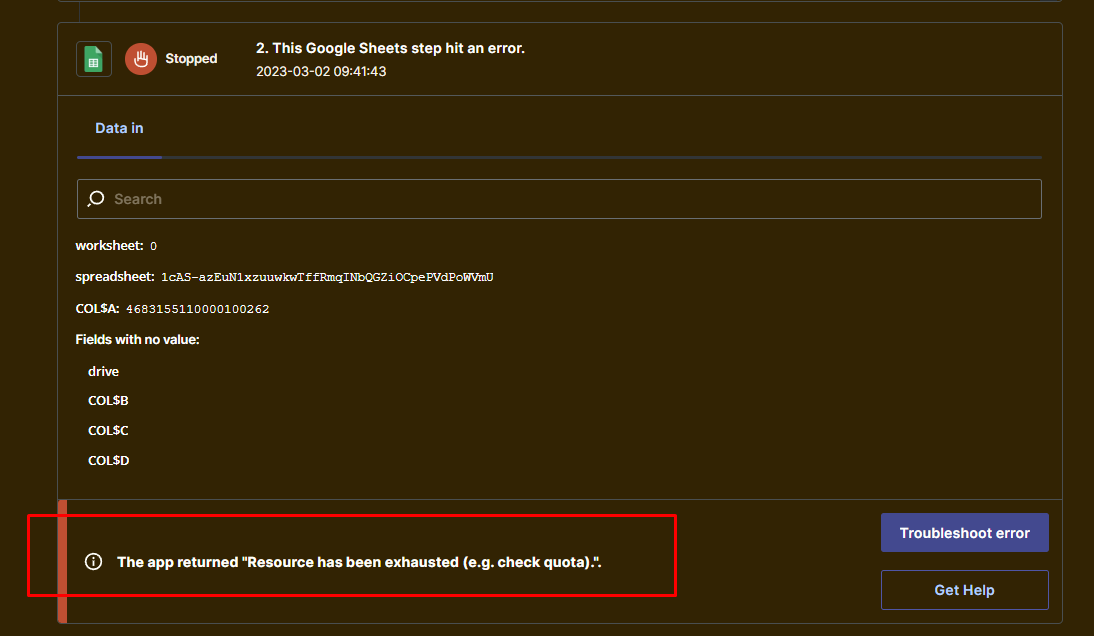Understanding business inventory for insurance purposes is crucial for business owners. This guide will delve into the intricacies of inventory management, valuation methods, and insurance coverage to help you protect your assets effectively.
Accurate inventory records are essential for insurance claims, ensuring fair settlements and minimizing financial losses. Implementing robust inventory management practices, such as regular audits and up-to-date documentation, is vital for maintaining compliance and optimizing insurance coverage.
Common Insurance Coverage for Business Inventory: Business Inventory For Insurance Purposes

Protecting your business inventory from potential risks is crucial for ensuring business continuity and financial stability. Various insurance coverage options are available to safeguard your inventory against different perils.
Property Insurance
Property insurance provides coverage for physical damage or loss to your business inventory due to covered perils such as fire, theft, vandalism, or natural disasters. It typically includes the following key provisions:
- Coverage for the actual cash value or replacement cost of the inventory.
- Deductible amount that you must pay before the insurance coverage kicks in.
- Exclusions for specific perils or types of inventory.
Business Interruption Insurance
Business interruption insurance covers the loss of income and additional expenses incurred due to a covered event that disrupts your business operations. This coverage can help you continue paying for ongoing expenses, such as employee salaries, rent, and utilities, while your business is unable to operate.
Inland Marine Insurance
Inland marine insurance provides coverage for business inventory while it is in transit or temporarily stored off-premises. This coverage is typically used for businesses that ship or transport their inventory frequently.
Documenting Business Inventory for Insurance Claims

Proper documentation of business inventory is crucial for successful insurance claims. It provides proof of ownership, value, and condition, making the claims process smoother and increasing the likelihood of a fair settlement.
To create and maintain accurate inventory records, consider the following steps:
Photographs
Take clear, high-quality photographs of all inventory items. These should include close-ups of unique features, serial numbers, and any visible damage. Store these photos securely in a digital or physical format.
Receipts
Keep all receipts or invoices related to inventory purchases. These provide evidence of ownership and the original value of the items. Organize these receipts chronologically or by category for easy reference.
Appraisals, Business inventory for insurance purposes
For high-value or specialized inventory items, consider obtaining professional appraisals. Appraisals provide an independent assessment of the item’s value, which can be helpful in supporting insurance claims.
Final Review

By following the guidelines Artikeld in this guide, businesses can optimize their inventory management for insurance purposes, ensuring adequate coverage, minimizing premiums, and expediting claims settlements. Remember, effective inventory management is not just a compliance requirement but a strategic tool that safeguards your business’s financial well-being.
